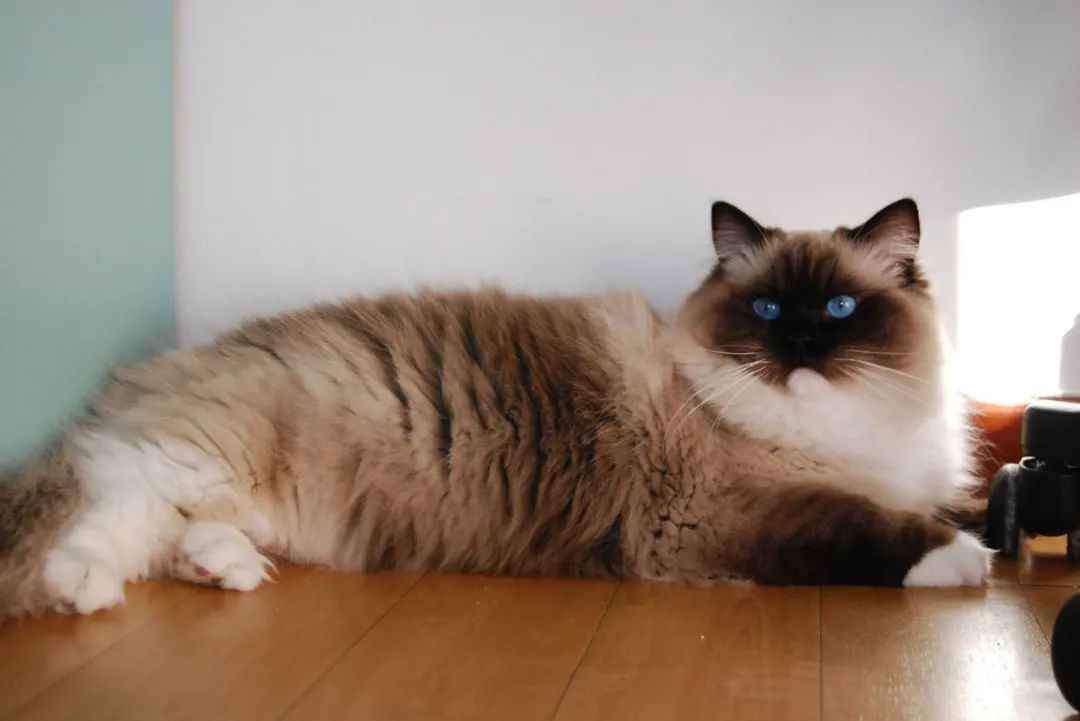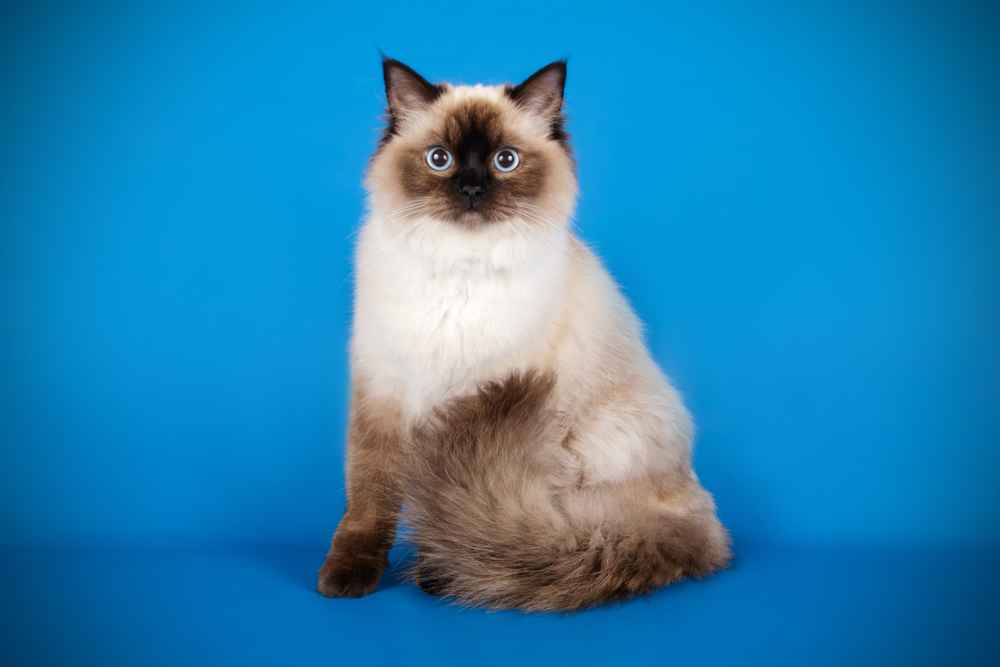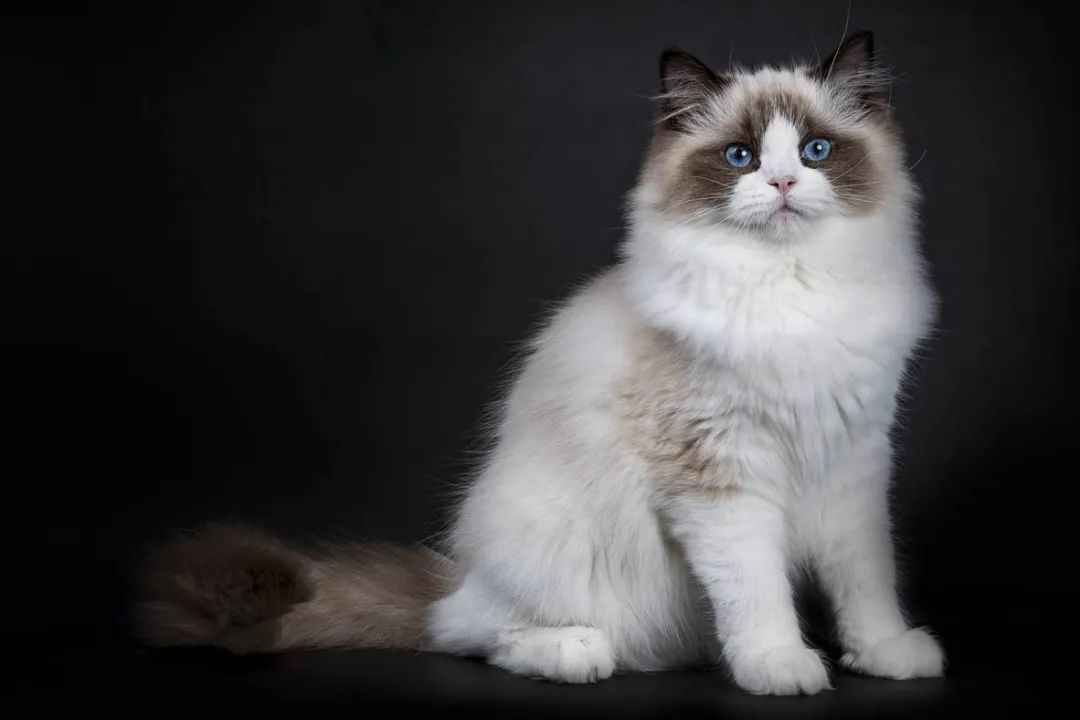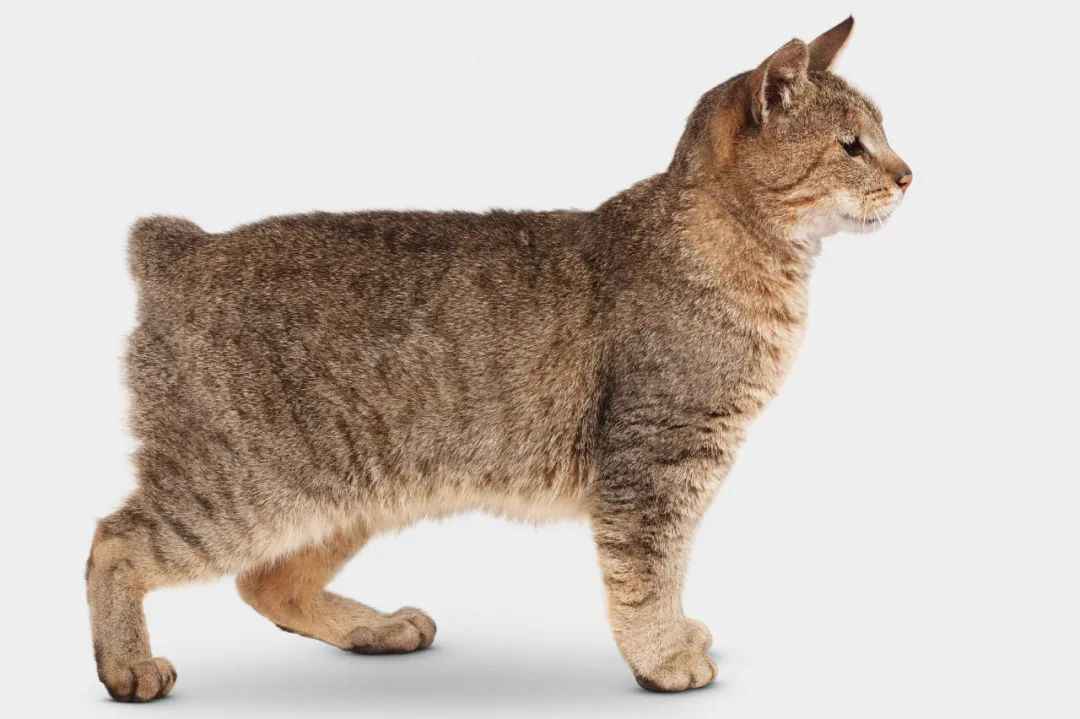
Ragdoll cats, often hailed as the "gentle giants" of the feline world, have become a global sensation for their striking appearance and affectionate demeanor. Originating in California in the 1960s through breeder Ann Baker’s visionary work with a white cat named Josephine, these cats were selectively bred to emphasize their docile nature and tendency to go limp when held—hence the name "Ragdoll" 69. Recognized by major cat associations like the CFA (Cat Fanciers’ Association) since 1971, Ragdolls now rank among the most beloved breeds, with an estimated 1-2% of global cats being Ragdolls, pri
Source: Images from the Internet, if there is any infringement, please contact the removal of
Ragdolls are renowned for their large, muscular builds (males weigh 15-20 lbs; females 10-15 lbs) and semi-long, silky coats in colors like seal, blue, and chocolate, often paired with striking blue almond-shaped eyes 911. Their "colorpoint" patterns, including mitted and bicolor variations, add to their regal allure. Beyond their looks, Ragdolls are celebrated for their puppy-like loyalty, following owners around and thriving on human interaction. They are exceptionally tolerant, making them ideal for families with children or other pets 47.
Source: Images from the Internet, if there is any infringement, please contact the removal of
While Ragdolls are generally healthy, they face breed-specific risks. Hypertrophic cardiomyopathy (HCM), a heart condition affecting 30% of Ragdolls, and polycystic kidney disease (PKD) are hereditary concerns that require regular veterinary screenings 37. Urinary tract infections and obesity are also common, necessitating a balanced diet and hydration-focused feeding (e.g., wet food) 78. Weekly grooming prevents matting and hairballs, though their fur lacks a dense undercoat, simplifying maintenance 89.
Ragdolls’ popularity stems from their adaptability to indoor living and emotional intelligence. They crave companionship and dislike solitude, thriving in homes where they receive ample attention 8. However, their trusting nature makes outdoor access risky, as they may wander into harm’s way 8. Breeders emphasize responsible ownership, urging adopters to prioritize genetic testing and lifelong care to avoid issues like abandonment, as seen in cases where international students impulsively purchase Ragdolls but later relinquish them due to relocation challenges 2.
The Ragdoll’s blend of beauty, warmth, and gentle spirit has solidified its status as a cherished companion breed. With proper care, these cats can live 12-17 years, offering unwavering devotion to their human families. As the International Ragdoll Cat Association (IRCA) continues to promote breed standards, Ragdolls remain a symbol of feline grace and companionship worldwide







